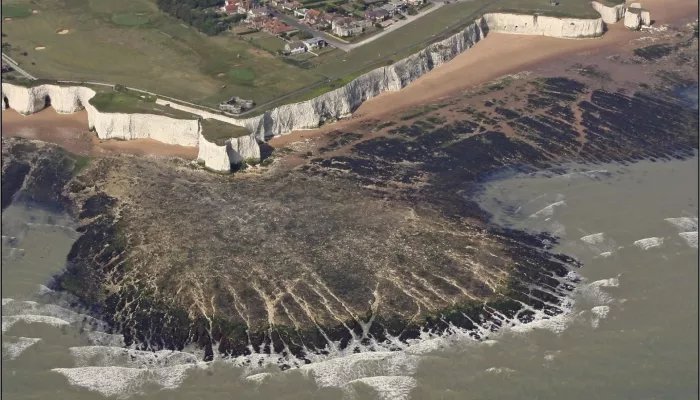The area is cared for by a management group which consists of representatives of relevant organisations that have regulatory authority within the site. Support is provided by an army of enthusiastic volunteers from the Thanet Coast Project, Kent Wildlife Trust and Natural England who donate hundreds of hours and boundless energy onsite throughout the year helping to maintain and protect the designated inter-tidal features.
However, having such an impressive degree of protection does not make the location immune from threats which affect its favourable condition. Two such threats are currently subjects of investigation:
- the distribution and impact of selected invasive non-native species within the NEKMPA inter-tidal
- the long term condition of inter-tidal mussel beds within the NEKMPA.
The Invasive Non-Native Species project was launched by Natural England in 2007 initially targeting the Pacific Oyster Magallana gigas, which is native to north-east Asia and has been trans-located around the world to support the shellfish industry. In 1964 they were introduced to the United Kingdom by the Ministry of Agriculture, Food and Fisheries to offset the decline of the Native Oyster Ostrea edulis. Due to low sea temperatures, they were not expected to reproduce in United Kingdom waters. However, in 1994 wild settlement was recorded at locations in Devon where oysters had spread from nearby aquaculture sites.
The 2007 baseline survey showed that wild Pacific oysters were present across the expanse of the NEKMPA inter-tidal zone. Settlement was greatest along north Kent sections peaking at Epple Bay, Birchington, where native habitats had been converted to an oyster reef. Peak density here reached 212 live oysters/m². Figure 2 (below) shows oyster reef formation at Epple Bay.











